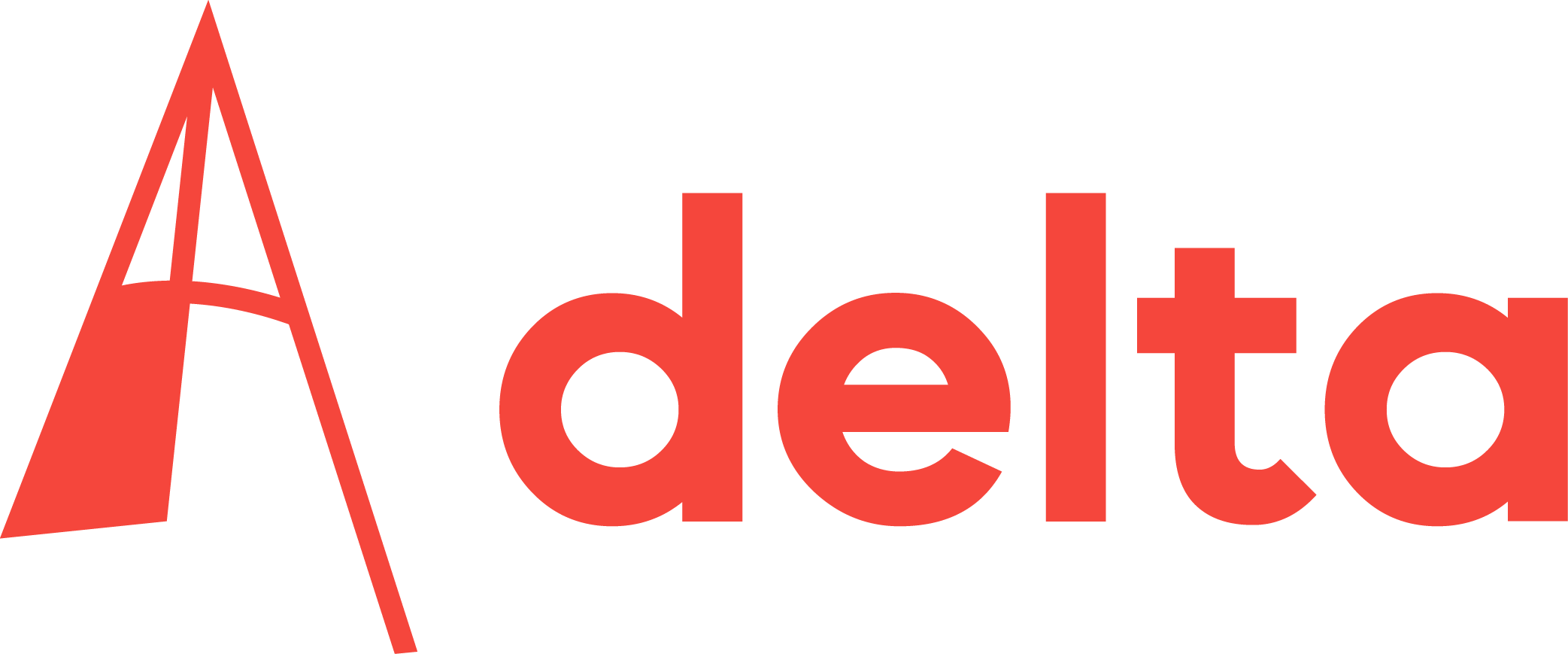Boredom among pigs in overcrowded piggeries quickly leads to tail biting, fights and injuries. A toy for pigs, designed by Beatrijs Voorneman, may offer some distraction. “The pigs destroy everything.”
Originally, Beatrijs Voorneman (MSc) wanted to design children’s toys. Her thesis supervisor, Dr Pieter Desmet (Industrial Design Engineering), had another proposal. The Lifestock Research Centre at Wageningen University was looking for a distraction for pigs in the farming industry. “I’m not going to design for pigs,” was Voorneman’s initial reaction, regarding the offer as something of an insult. But on second thought, the idea didn’t’ seem so absurd. Piglets and children might be more alike than previously assumed. The design process would require her to delve into the foreign, and normally closed, world of the intensive farming industry in order to study the pigs’ behaviour. Voorneman could develop empathy for the animals, just as she would’ve done with children. In short, she rather courageously accepted the challenge.
“I vividly remember the sound of the pig pens – and the smell!” Voorneman exclaims, some six months later. She joined a veterinarian on his monthly visitations to piggeries in Brabant. She noticed that most of the farmers were interested in the pigs’ growth, health and reproduction, but that the natural behaviour of the animals was generally beyond their scope of interest. The only distraction on offer in the pens was the mandatory hanging chain, whose spell over the pigs had long since vanished. At a petting zoo (called ‘Pig’s Paradise’), Voorneman watched the animals play and enjoy life. She observed their characteristics as curious and opportunistic, but also that they easily became bored. She identified rooting as the most typical behaviour, in which the pigs explore and plow the soil and their surroundings with their hypersensitive snouts.
Consequently, Voorneman’s design – a pile of differently shaped layers of various edible materials – was made for rooting pleasure. Playfully named the Sproot, it also makes sounds when a pile is dropped. And the pigs like that, too. Eventually the layers will be eaten and destroyed, as is everything else in the pig pen, but if it lasts for at least three months then that’s sufficient, because the pigs will have ‘moved on’ to something else by then.
Beatrijs Voorneman, ‘Improving the welfare of pigs’, January 2011, supervisors Dr Pieter Desmet and Dr Marieke Sonneveld.
Twee dagen nadat hij cum laude promoveerde aan de Universiteit Wageningen zat dr.ir. David Lentink bij De Wereld Draait Door om te vertellen over zijn onderzoek naar de vliegtechniek van de gierzwaluw en hoe je die kunt gebruiken in de luchtvaart.
Lentink: “Het was een bijzondere ervaring om in vijf minuten aan zo’n breed publiek uit te leggen waarom mijn onderzoek vernieuwend was. Op dat moment was ik niet geïnteresseerd in wetenschappelijk detail. Ik wilde vooral dat mensen het gesprek amusant zouden vinden.”
Hij gelooft niet dat hij zelf direct iets aan dit media-optreden heeft gehad, maar voor de wetenschap als geheel is dit soort dingen volgens hem onmisbaar: “Wetenschappers moeten aan het publiek uitleggen waarom hun werk belangrijk is, anders stopt de wetenschap op een gegeven moment.”
Lentink had geen media-aandacht gezocht voor zijn proefschrift, er was zelfs geen persbericht uitgegaan: “Ik had mijn proefschrift alleen opgestuurd naar een journalist die er zelf om had gevraagd. Dat leidde tot een artikel in de NRC en dat stuk was opgepikt door De Wereld Draait Door.”
Lentink had wel erg veel werk besteed aan de stijl en vormgeving van zijn proefschrift: “Ik vind het belangrijk om altijd alles op het hoogste niveau in te zetten, ook de communicatie van je werk. De inleiding moet glashelder zijn en de plaatjes perfect.”
Lentink denkt dat communicatie naast creativiteit onmisbaar is in de wetenschap: “In de opleidingen wordt er veel te weinig aandacht besteed aan dat aspect. Zelf leerde ik pas hoe je een verhaal vertelt toen ik tijdens mijn studie in Delft een cursus kleinkunst volgde. Toen ik later mijn onderzoek pitchte bij Nature, was het erg handig dat ik pakkend kon opschrijven wat mijn werk uniek maakte.”
Voordeel: Je leert glashelder te formuleren waarom jouw werk vernieuwend is.
Nadeel: Het blijft erg aan de oppervlakte.



Comments are closed.